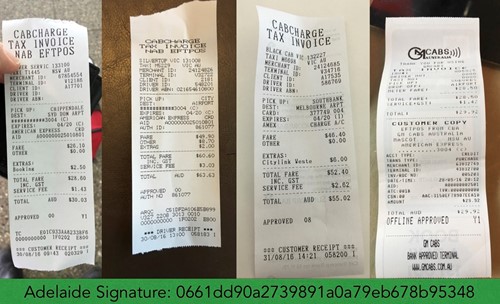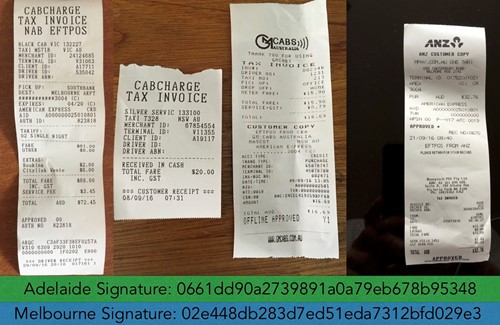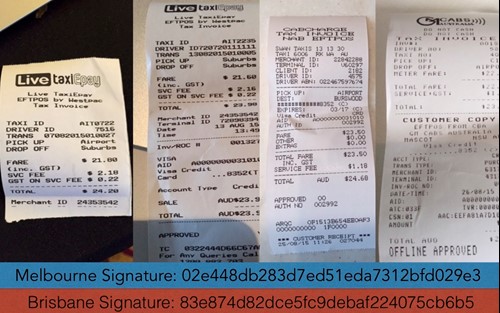
We take a look at the development that has made cryptocurrencies stand out – Blockchain Technology. If you’re unsure what the blockchain is, renowned technologist and futurist, Mark Pesce reveals with this simple explainer, that it’s not that hard to understand.
BLOCKCHAIN BASICS
Money must have two essential features: it can be counted, and it can’t be counterfeited. As a result, it’s possible to know how much money someone has, and after counting, it can be verified as authentic. Neither of these work perfectly: crooks cook the books to make themselves look richer than they appear, and even the most sophisticated banknotes can be copied.
Like money, cryptocurrency ownership can be verified, and cryptocurrencies are almost impossibly hard to counterfeit. These qualities come from the basic technology enabling the cryptocurrency revolution, something known as the ‘blockchain’. That word gets thrown around a lot without any explanation, as if it were too complicated for any but boffins to understand. Yet there’s nothing hard to understand in the operation of a blockchain, as you’ll see in this example.
For someone who travels a lot on business (as I do), travel reimbursements are a necessary evil. There’s a real need for transparency in the reimbursement process, to keep all parties comfortable that they’re being dealt with fairly. So after a trip to Adelaide, I take photographs of all my receipts, taxi, flights, accommodation, gathering these photographs together into a single package. Lastly, I’ll create a ‘signature’ (technically known as a ‘hash’) that uniquely reflects these receipts. Why do I need this signature? It’s a form of guarantee: should anyone change so much as a single pixel on any of these receipts, the signature changes completely.
I gather up the photos of my receipts and the signature and put them into a ‘block’. It might look something like this:
Fig. 1 – Block 1

A few weeks later I make a trip to Melbourne, and following the trip, I again take photographs of all my receipts, gathering them together into a single package. Just before I add a ‘signature’ to these receipts I do one very important thing: I add in the ‘signature’ created from my Adelaide receipts. Why am I doing this? Let’s say someone wanted to tamper with my Adelaide receipts: They could alter a receipt, then generate a new signature to match the newly altered receipt. There’d be no way to catch that, because everything would look like it was in agreement. But as soon as you put the signature from the Adelaide trip into the collection of Melbourne receipts it becomes much more difficult to change the Adelaide receipts, because you have a copy of the Adelaide signature to compare it against the Melbourne receipts.
After the signature from Adelaide has been added, a signature is created for the Melbourne receipts. That new ‘block’ might look like this:
Fig. 2 – Block 2

Finally, I make a trip to Brisbane, and, once again I photograph all of those receipts, gathering them together. This time I take the signature from my Melbourne receipts and put that signature into this block before I generate its signature. Now no one can tamper with the Melbourne receipts, because that will change the signature of that block, which means no one can tamper with the Adelaide receipts, because that signature is recorded in the Melbourne block.
Fig. 3 – Block 3

These signatures ‘chain’ the blocks together. As the chain grows, earlier links in the chain become progressively more difficult to tamper with. Any block that’s more than few links deep in the chain is effectively set in stone, preserved forever. My travel receipts can no longer be forged, but they can always be verified by anyone who wants to inspect them. Both I and my clients can agree on how much they need to reimburse me, and we can both rest assured that neither of us have tampered with the receipts.
“Blockchain”

This chain of blocks or blockchain, creates a ledger that is open, inspectable and verifiable. Exactly the kind of thing you’d need to move money from one account to another. Cryptocurrencies like Bitcoin are simply much larger versions of these ledgers. Every transfer from one account holder to another is visible, verifiable, and can’t be forged because it’s on a blockchain.
